Patricia Thomas is a Lead Educational Adviser for the Young Scholars Program at the Jack Kent Cooke Foundation. Before joining Jack Kent Cooke, she taught college courses in education and trained K-12 teachers to serve students with a variety of needs, background, and interests. She has also worked as a foreign language instructor and assistant teacher in gifted and enrichment education at both public and private schools.
BROOKE: To start off, can you tell me a little bit about your educational background and what degrees you got in undergrad and how you got to where you are?
PATRICIA: Sure. I was a foreign language major as an undergraduate student. I’d had a passion for French and Spanish all through high school—and actually earlier than that for French. So I majored in French and Spanish and minored in Education and I got my teaching certificate at Wake Forest University in North Carolina. Then I went to Teachers College, the graduate education school at Columbia University, and first I did a Master’s Degree in general Curriculum and Teaching and then I did a Masters of Education in Curriculum and Teaching but with a specialization in Urban and Multicultural Education. I taught for a while while I was there, and then I went to Emory University for my doctoral program, where I got a Ph.D. in Educational Studies with specializations in Second Language Acquisition and Urban and Multicultural Education.
Getting my Ph.D. was a really good experience. I learned a lot from it. And when I started here in my Educational Adviser role, I wanted to keep learning: specifically, about advising. So I did a graduate certificate program through Kansas State University in Academic Advising, then a graduate certificate program through George Washington University in Counseling. I did this program because I had been thinking about getting a graduate degree in counseling and I wanted to get a sense of whether I wanted to pursue it fully. George Washington has a certificate program in Counseling Culturally and Linguistically Diverse Persons, so I took a few classes there, got the certificate, really enjoyed it, and decided to stay and do a Master’s Degree in Clinical Mental Health Counseling.
BROOKE: What sparked your interest in urban education?
PATRICIA: I think that it was a little bit the circumstances of where I was. I’ve always been interested in education, but while I was getting my teaching certification at Wake Forest, my teaching advisor and mentor put me in touch with some instructors and professors at Teachers College and it just so happened that one of the people that I networked with was the professor for a sort of education and cultural diversity course. Once I got to Teachers College, it became my favorite class. I really enjoyed the course topics and the types of projects we did, and I wound up TA-ing for that professor for several semesters. And in doing that, I saw that there were some interesting issues that I could explore within the combination of urban and multicultural education. I was also teaching in New York at the time. I taught in a private school and also did after school work and teaching assistant work at two public schools. The differences among the three schools was enormous. And that just kind of got my thoughts percolating.
BROOKE: How did you get from New York and those positions to where you are now?
PATRICIA: I think originally my thought was that I was enjoying teaching but I wanted to participate more in teaching teachers. So I thought that the main way to be able to do that was to get a doctorate in education. I had a couple of friends at Emory that I had worked with years before and Emory had a small doctoral program, so it seemed like it’d be a really welcoming, cozy community. I applied there and got a chance to do a lot of work with the prospective teachers that they had in their Master of Arts in Teaching program. I think that I would have continued along that path, but I got to a point that many doctoral students get to which is that your funding is over but you are not finished. So I had many ups and downs with advisors leaving, retiring, going on sabbatical, and it wound up taking me five years to finish instead of the four that I was on track for. So I needed to find work for that fifth year.
I looked around Atlanta for jobs and wasn’t really finding something that I thought would be a good fit, so I decided to look around up here in the DC area instead because I grew up here and my family is still here in Maryland and DC. I decided not to look for teaching positions right away because some of the other veteran doctoral students had said, “If you start teaching while you’re still trying to finish your dissertation—if you actually leave your program, leave your campus and start teaching somewhere else—you’re going to be too distracted. You’re gonna love the teaching and you’re not gonna want to work on your research and your writing.” So I wound up taking a look at some jobs outside of teaching.
I was just looking at the Chronicle of Higher Ed website—they have a jobs board—and I started getting interested in the idea of advising, which would still be connected to education but would be different from designing a curriculum for a whole semester and grading papers and that kind of thing. So just on an off chance, I looked in the nonprofit section of the job boards and there was this position to be an Educational Adviser for a nonprofit organization and as I was looking through it, I thought, “The characteristics that they’re looking for are things that are interesting and important to me and things that I think that I can do.” The population was one that interested me a lot because the Foundation works with students who have financial need—so are from low to moderate income backgrounds—but kids who are really, really bright. I had worked with kids in a gifted education program in New York and in gifted summer programs for several years during college and the early part of grad school so it felt like a really good fit.
BROOKE: So if you could describe your current position, what is your job title and what does your job involve?
PATRICIA: It’s a little bit of a lot of things. The position I have now is Lead Educational Adviser. I started off as a regular Educational Adviser and I had a caseload of students that I worked with. I still have a caseload now, just a smaller one, and I also supervise other Educational Advisers. But the nuts and bolts of the Adviser position are to work with these students from 8th grade through 12th grade and help them and their families navigate the educational system, and get access to rigorous, challenging, interesting educational opportunities. Things like getting into a high school that is going to offer all the advanced coursework that they would benefit from, getting connected to lessons in art and music and sometimes sports or dance, things like that.
We help challenge them to set high goals for themselves and become leaders in their schools and their communities and help them pursue experiences that will help them learn how to do that. We also get them connected to each other and we also fund them via a tailored scholarship budget for enrichment opportunities like summer programs; almost all of our advisees do a summer program each year. There may be other programs that they’re involved in during the course of the year like an internship or a conference related to some of their interests, so we kind of lead them through getting connected to all of those kinds of good opportunities and then also get them prepared for college. So talking to them about what their options are and what the landscape of college looks like, taking them on visits, helping to make sure they’re prepared for SATs and ACTs by getting them appropriate preparation if they need that, helping them through the decision making process. Just basically taking every student from where they are in 8th grade and making sure they have a really strong educational experience all the way through high school and that they get placed well for college.
BROOKE: So do you fund all of that then, through the foundation?
PATRICIA: We fund a lot of it. Every student has a scholarship budget that kind of fits them and we try to put several priorities on there and then also try to accommodate students’ own wishlist items. So the first priority is going to be to make sure that the students are in a really strong high school or have access to some really good high school courses. Sometimes a student isn’t really in a position to go to a high school that is particularly well-suited to them, so we might have them go to the high school that is closest but also supplement courses at the local community college or through distance education or something like that.
We’ll make an effort to see that the priorities for a strong high school education are paid for. We generally negotiate. A lot of our students are going to a private high school, for example, but we’re not really a high school scholarship, so we’re not going to pay a $40,000 tuition to a boarding school; but we will help negotiate at that school, so that our students get really good financial aid. And then we fill in the things like a laptop or flights to and from home, books and uniforms, maybe the family contribution if it’s a couple of thousand dollars, fees for activities, things like that. We do pay for a summer experience each year, and then many other little things.
It’s a program that’s focused on filling in the gaps, so the our students have the things that families with greater financial means would usually be able to provide for their children. We’re trying to provide some of those things and we’re trying to provide the resources and the experiences that are going to allow the students to really live up to their potential. There are so many kids who come into the program in 8th grade and when we start talking about the scholarships and the resources that we’re going to be able to provide during the course of their time, their parents will say, “Oh yeah, we always wanted to do this summer program” or “We always wanted to have her in piano lessons, but we just couldn’t afford it. She was excited about it, really wanted to do it, and the only thing standing in the way was money.” So I think we’re trying to remove some of those little barriers.
BROOKE: You work for them for a long time, so I’m assuming you gain pretty strong relationships with them as well?
PATRICIA: Yeah, definitely. It differs from student to student, but I’ve been here now almost eight years, so I’ve had a chance to see a few of my cohorts of students all the way through from 8th grade through 12th grade and there are some really nice bonds that get formed. Some of those students I am already keeping in touch with as they go off to college and I know that we will stay connected for the long term. With others, maybe we don’t see or talk to each other that much once they finish high school, but there are events within the foundation that they sometimes come back for. We sponsor a few summer events and we just started an alumni event that’s held in the spring, so I think they stay connected to the community at large even if they don’t stay connected to me personally for a long time. Which is fine, I like that they know they have a nice network of peers.
BROOKE: I am assuming your job sort of changes on a day-to-day basis, but if you could describe your typical day, what would that look like?
PATRICIA: It does change a lot. My attention goes in a lot of different directions in this job. But on a given day, I’ll probably spend a portion of my time talking to students. I check in with the kids in my caseload about once every two weeks, so I will probably have a couple of half-hour phone calls scheduled in the afternoon. I might also be calling a vendor to see if I can set up lessons for a student. Today, for example, I have to follow up on someone who is going to give one of my students clarinet lessons and I need to call a stable for a student who wants to take riding lessons. So I’ll do a little bit of self-education around that.
I will be reviewing and revising goals today. The students are getting ready for—well, we’re getting reading for—planning for next year, and all of them will have individualized learning plans that include their goals, as well as the resources and programming we’re going to provide for them, their scholarships and budget. Lots of students have been completing their goals for next year and I’ll be reading a lot of those.
I’ll be checking-in with the advisors that I supervise. We also do that about once every two weeks formally, but pretty much every day somebody’s stopping by with a question about a students or a budget, or some sort of programming that we’re doing within our department. So I’ll do some chatting around that and do some documentation—we always have to take good notes about things, so I’ll be checking up on my notes. I’ll probably also correspond with a couple of parents. We talk primarily with the Scholar, as that’s where we’re trying to build our strongest rapport and because it’s the student’s education that we are trying to nurture, but the parents are the ones who are there 365 days a year and they know a lot of things about their children that we wouldn’t be able to be aware of. Most of our students are pretty far away from our office here. We have a couple of local students, but most of them are scattered far and wide across the country. Parents are a really helpful resource with checking in with them; it gives us a lot of good information, and they have questions too, and things that they’re wondering about. So we will chat with them maybe about the college process, or some questions about the interests that the student has, or there might be a financial change in the family that we need to follow up on, things like that. So I’ll probably have a couple of interactions with parents as well today.
BROOKE: What do you think is the most rewarding part of your job?
PATRICIA: I think there are a couple of things. Seeing students get a chance to do things that they’re really capable of but might not have had a chance to do otherwise is fantastic. So seeing them stretch and travel to places during the summer that would’ve been hard for them to imagine going to, seeing them become really good leaders, seeing them get access to a strong education—that’s really wonderful. And forming bonds like we were just talking about—that is very, very rewarding. I have a handful of students right now who I’ve worked with previously and they’re off at college; maintaining connections with them really makes me feel good. I feel like we’ve grown together and have all developed in really positive ways because of that connection.
I also think that having really kind, interesting, and talented colleagues is pretty amazing. Our Young Scholars program has a fairly big staff—at least, for a small organization. About 55 people work at the foundation, and the Young Scholars team has 18 people. So we are pretty big, but we are a really nice team and I think we complement each other well and we learn a lot from each other and depend on each other. So it feels really good to have the support of all of these other people and to be able to give that support back.
Those are probably the main things: the connections, personal connections. I’ve said several times that I put my counseling degree to use a lot within this job, even though it’s not a counseling position, per se. But just the interpersonal part of counseling, helping people figure things out, figure out difficult situations, or set goals for themselves, or work through something difficult. All of those things come up on a daily basis here and I think being able to apply lessons and concepts and practices from the different parts of my education to this job—that is really rewarding too.
BROOKE: So going off of that, what is the most challenging part of your job?
PATRICIA: Well, as I mentioned earlier, my energy has to go in a lot of directions, and that takes a lot of organization and the ability to multitask at a really high level and at sometimes a frenetic pace. That’s hard for me. I am a pretty calm person, so looking at my desk at the end of the day and seeing 8 or 10 different things that need to be followed up on is challenging.
I think, too, that even though we’re able to do a lot with the Scholars and their families, we still can’t do everything that we would like to. Our scope is primarily educational; that’s pretty much going to be the priority. That is fantastic and I think that does a lot for the students, but then there will always be other situations going on in their lives that we can’t fix. I’ve had students who have had incarcerated parents, or parents who have some sort of significant physical or mental illness, students who have other kinds of family difficulties or have had periods of homelessness, and a lot of times, that is something that their families have to figure out on their own, or with other resources in their communities. It can be hard to get on the phone and say, “Okay, let’s talk about the classes that you’re gonna take next year,” when you know that there is some other really difficult situation that’s going on in the background. So that’s hard. In the last couple of years, I’ve had a few students too who’ve had their own emotional and mental health difficulties, and I’m attached to them, and I care about them, and it’s difficult to see them go through that and know that they have to carry some of the burden on their own. I can’t fix it all.
BROOKE: You have students all over the United States, then?
PATRICIA: Yep, we all do. I think we have Scholars in 46 or 48 states, something like that.
BROOKE: If you could leave the reader with one final comment about your job or your passion for education, or really anything, what would you want it to be?
PATRICIA: I would recommend to other people to become really good listeners—really dedicating yourself to the art and practice of listening is important. I say that because I think there are points in life where you have to listen to yourself and to where you’re being called to do your work and live out your life, and you need to be thoughtful about that and responsive. Sometimes people ask me, sort of like you were just doing in the interview, “How did you get from this place to that place to the other place? How did you decide to do this educational program or that one?” It was just sort of a continuous process of discernment, listening to myself and thinking about what I needed to do to get to this next step in life, or recognizing when something really felt appealing to me. I had thought about doing counseling a long time ago, and that little voice in my head that said “you should try this out” never really disappeared and finally I got to a point where I listened to it and actually tried it out and I felt very grateful afterwards. So there’s a listening to yourself and the voices that guide you.
But also listening to other people. I think that is probably the most important thing that I can do and have done in any of my jobs or any of the roles within a particular job: just sit there and listen very actively and as compassionately as I can. It’s amazing how much better people feel, even if there’s nothing else that I’m able to do. If the person I am sitting with feels heard and feels cared about, then they may feel a little bit better. I think for me, working at that, working at being a good listener has been extraordinarily helpful and I think that is something that all of us could try to do a little bit more of, especially in those situations where your desire to help can only take you so far. As you know, when you go into education, it’s complex. There are going to be a lot of issues that you’ll come up against, and some of them you’ll be able to address and some of them you won’t. But if you’re able to help other people feel heard and empowered—or at least feel at ease—I think that will be a positive step and something that will be appreciated.
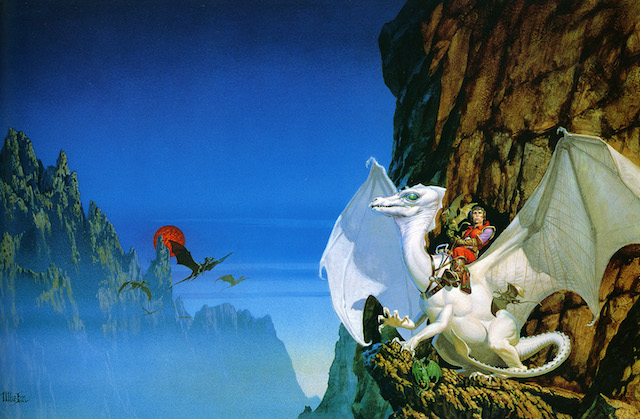
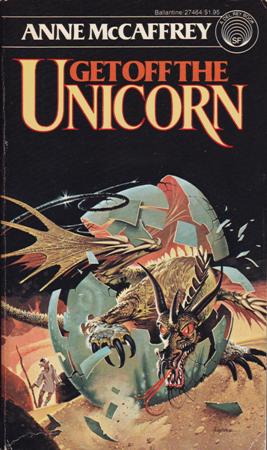
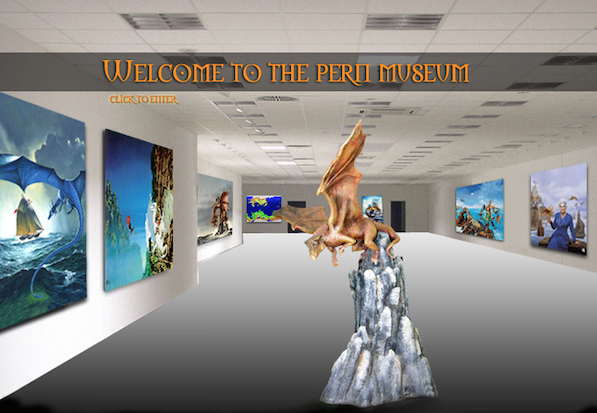
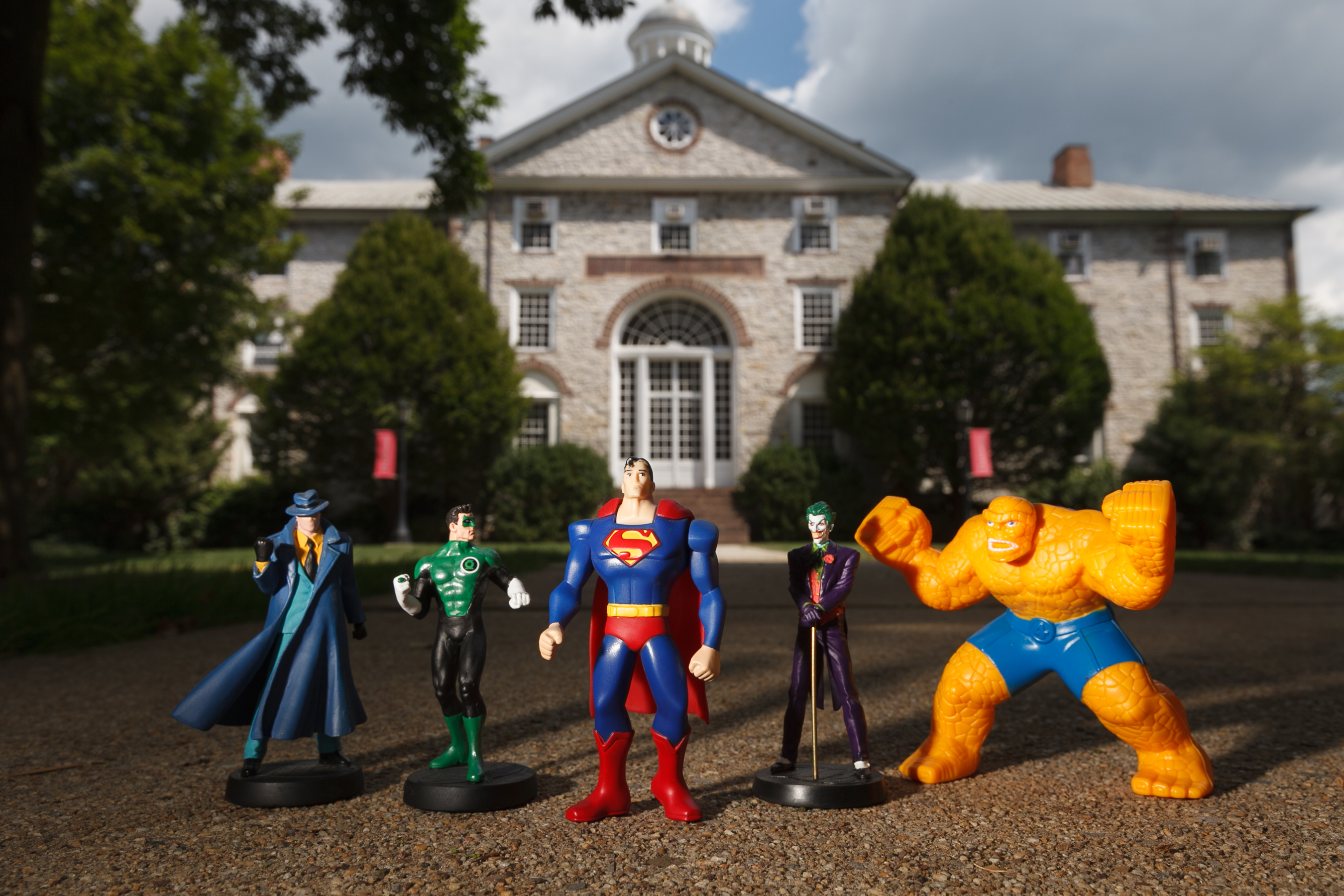
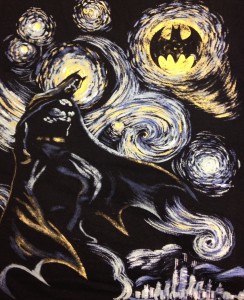
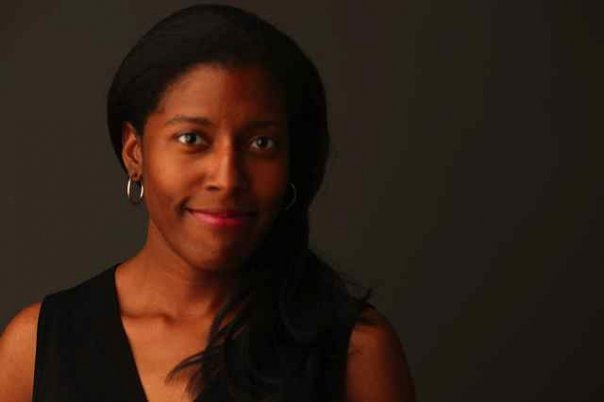
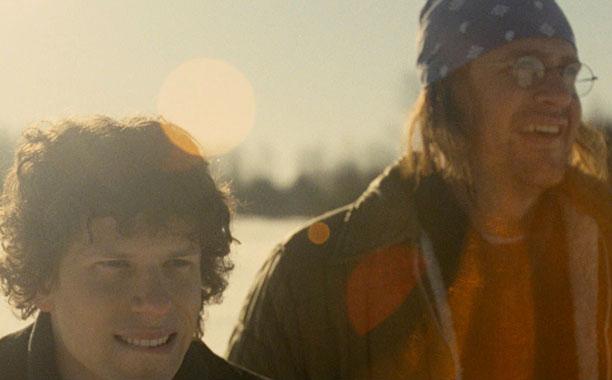
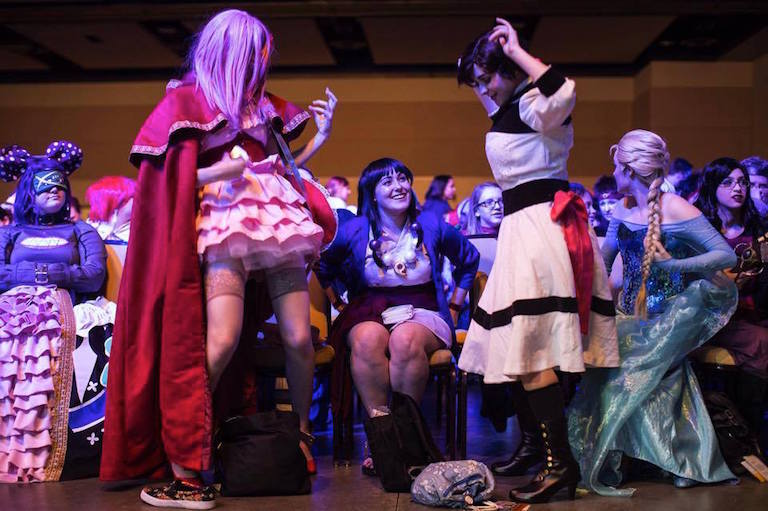
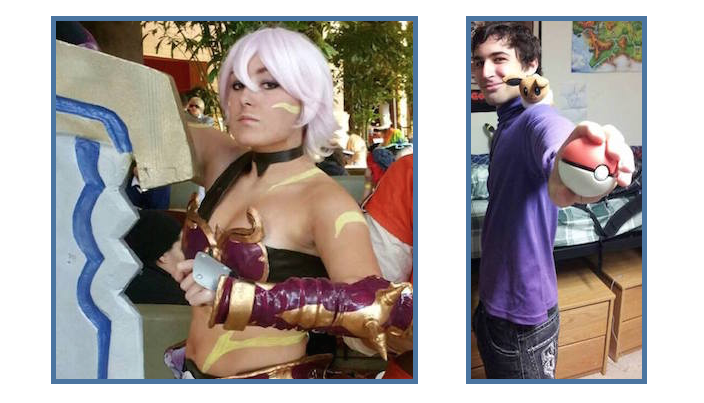
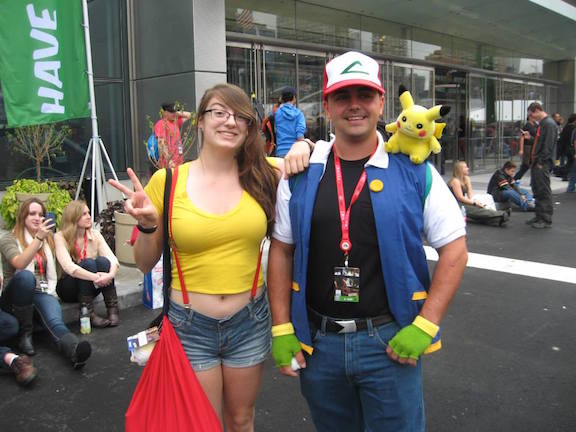
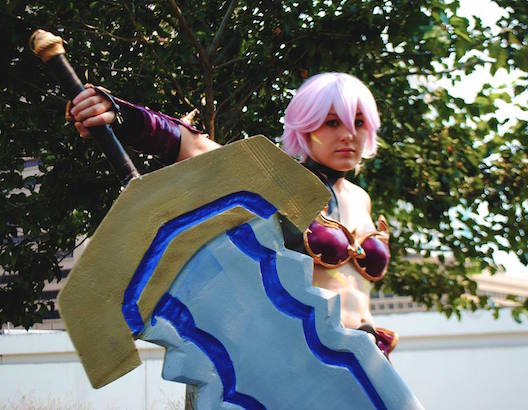
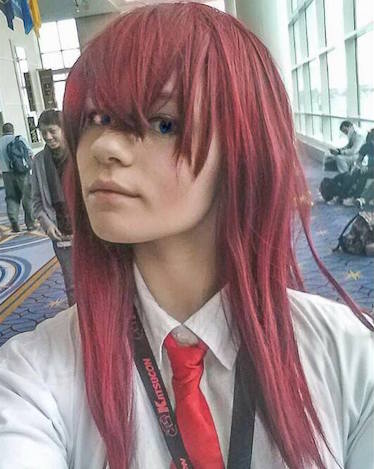
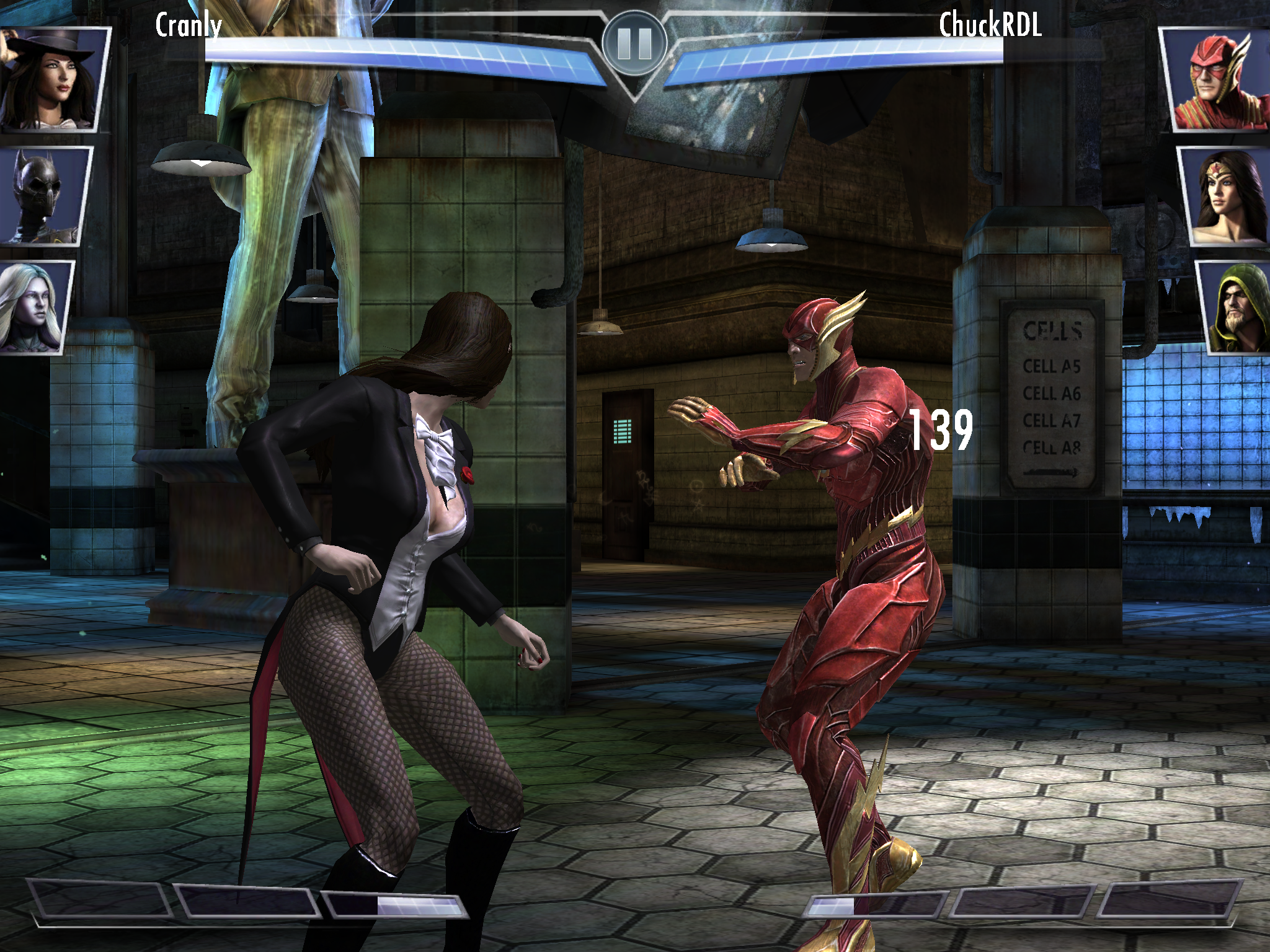
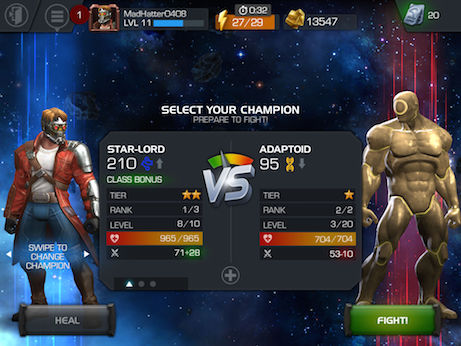
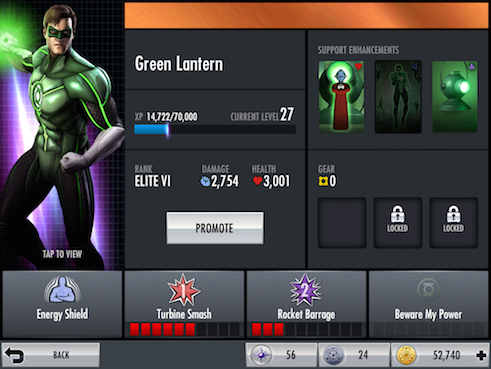
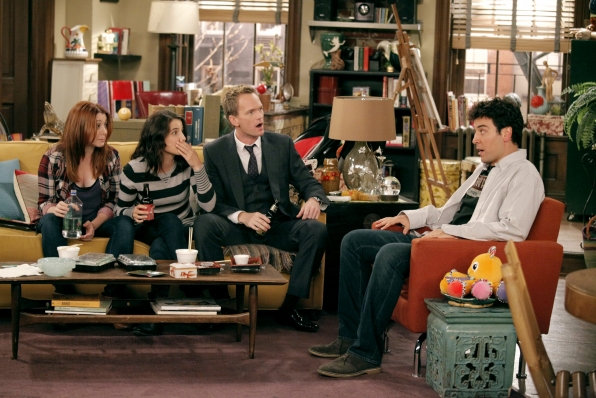
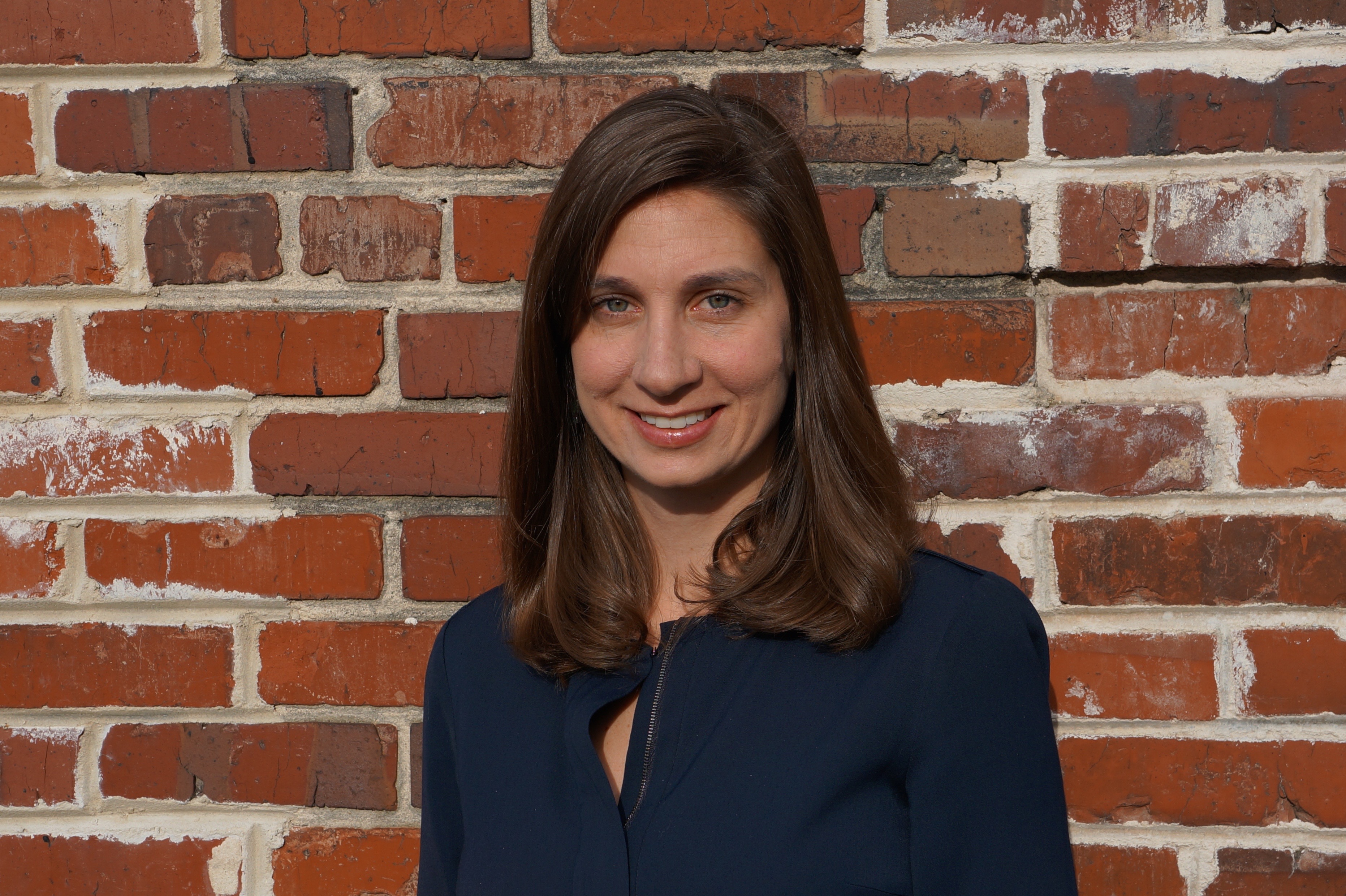
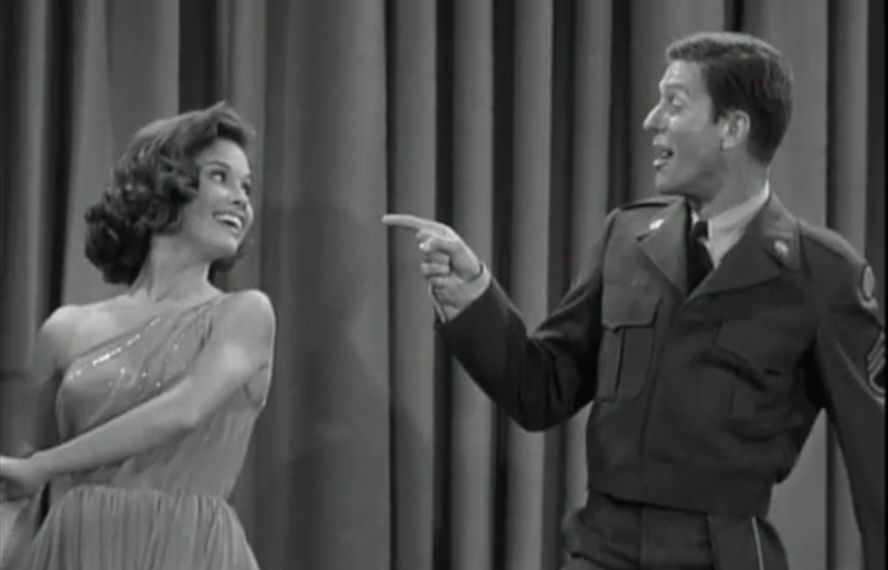
Recent Comments